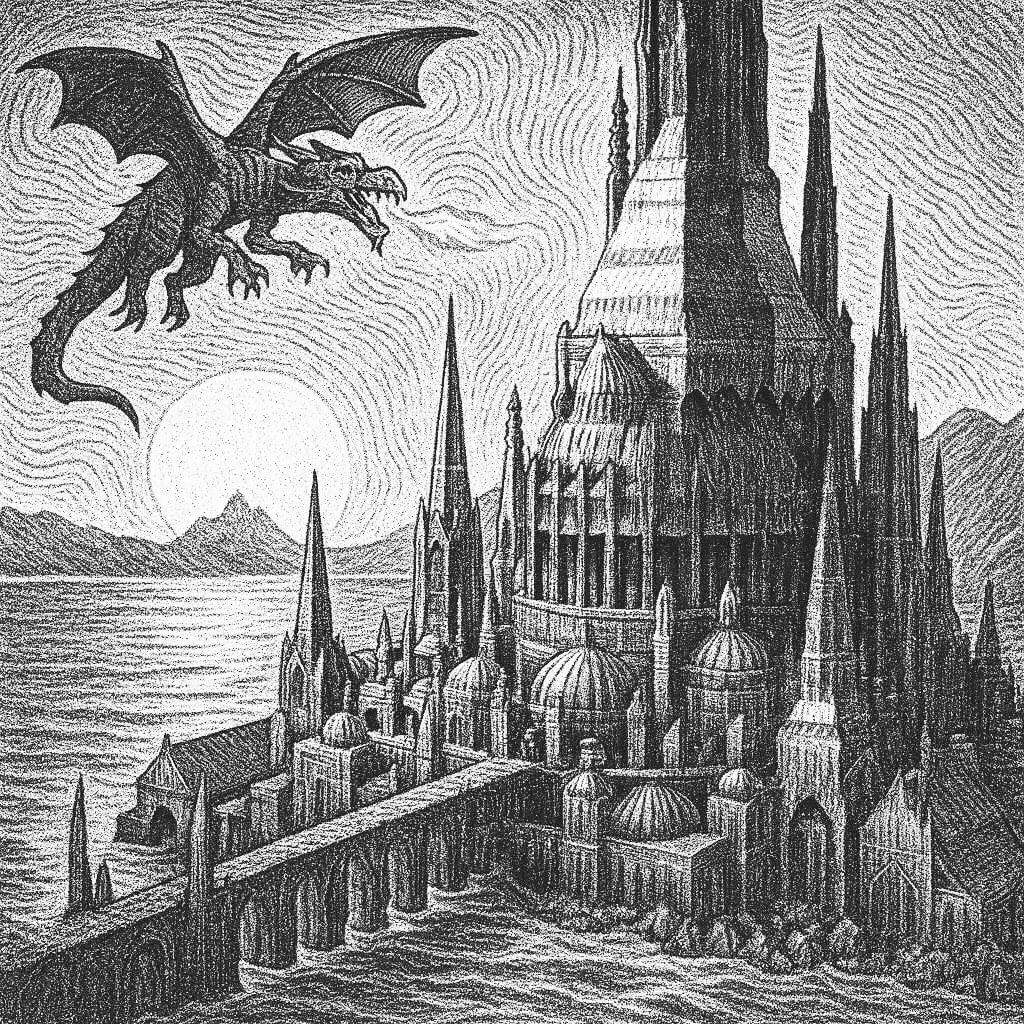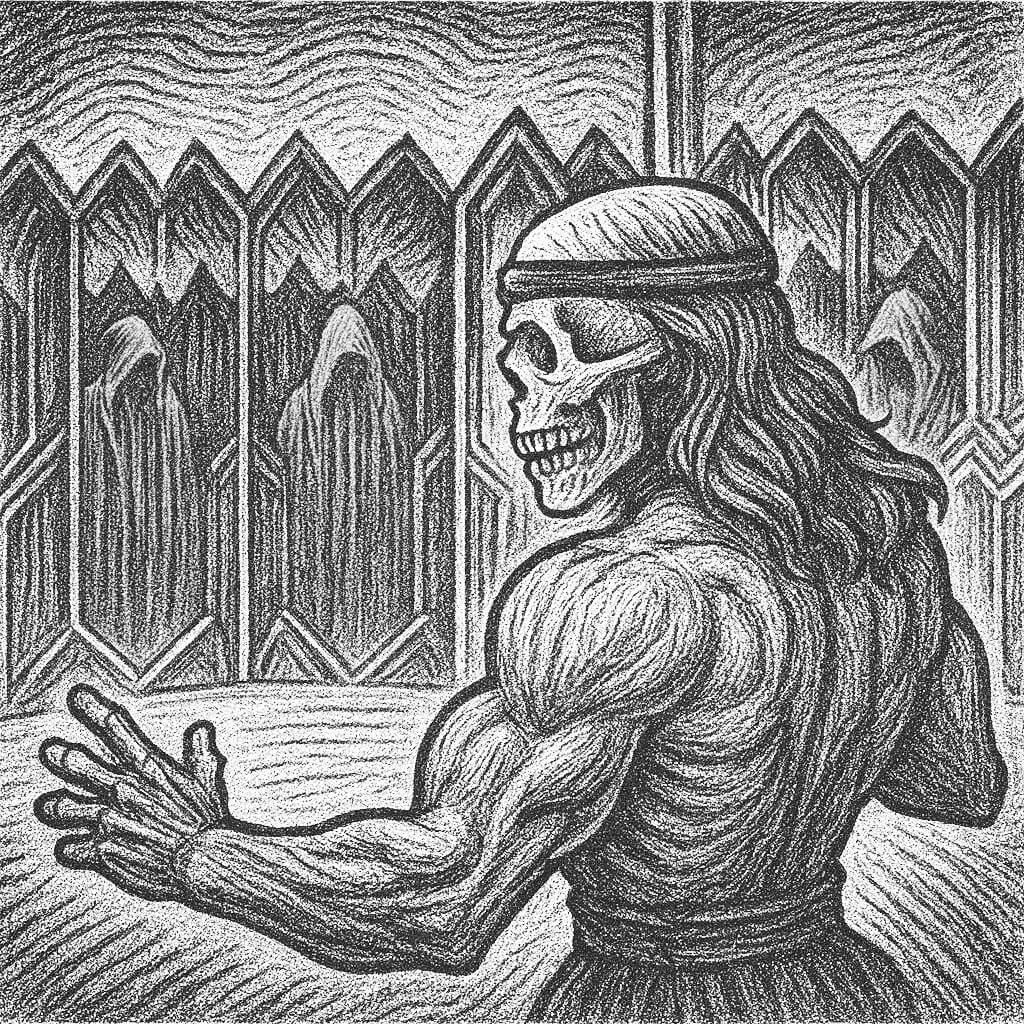Real Insights on Speeding Up First Contentful Paint
Largest Contentful Paint (LCP) is the unsung hero of Core Web Vitals. It’s the most straightforward of the three to optimize, and the only one that’s consistent between lab data and field results.
Yet, it’s also the most neglected. According to CrUX data, fewer than half of origins deliver a Good LCP.
Let’s fix that.
Disclaimer before we dive in: your site could be — in actuality — fast as hell. But Google Page Speed expects to see specific metrics on key indicators. LCP is a significant page speed score grading factor.
The TL;DR
- Use
<img>objects for above the fold hero areas. All other elements are slower and far inferior for LCP purposes. - Pre-load your above-the-fold
<img>objects - Make sure your
<img>files are properly optimized
What is LCP

LCP clocks the moment the biggest text block or image visible in the viewport finishes rendering. Simple.
Step 1: Choose Your LCP Candidate Wisely
Google recognizes a handful of candidates for LCP:
<img>elements<image>inside<svg><video>poster images- Block-level text elements
background-image: url()from CSS
Best Choices for LCP Candidates
1. <img> and <video poster>
These are the fastest because the browser’s preload scanner can detect them early—even before layout. For most websites, using a hero image as an <img> or a static splash frame with poster is the most effective route.
The Absolute Worst Choices for LCP
1. Background-image: url()
These are the slowest. Why? Because CSS-based resources don’t load until the browser parses the DOM node, which may be blocked by sync scripts or layout delays. The preload scanner won’t see them, and you’re guaranteed a late LCP.
- Most notably: they cannot be preloaded. It’s just the way it is right now, and this slows things down more.
It doesn’t matter if you’re delaying or deferring scripts or stylesheets. The browser still has to read top-to-bottom and by the time it hits your background image, it might be 100 nodes down the page.
If you’re using it as a CSS element attached to a stylesheet, it then has to read that, too.
2. Text Only
Yeah, sorry, you aren’t bypassing FCP with text only. In fact, sometimes long blocks of text above the fold can be worst of all.
Why? Because if you’re using a custom font that needs to load and that adds time to a complete rendering, and might even showcase layout shifts (which dings your score further).
3. <image> in <svg>
Chrome (≤101) used to misreport this candidate, sometimes flagging a much smaller element as the LCP. Though fixed in Chrome 102, <image> in <svg> is still hidden from the preload scanner, delaying discovery and rendering.
Real-World Test Results
We built test cases to measure the performance of each candidate in controlled conditions:
<img src="lcp.jpg">: Fastest. Discovered immediately.<video poster="lcp.jpg">: Ties with <img>. Efficient and predictable.<svg><image href="lcp.jpg"></image></svg>: Slower, hidden from preload scanner. Buggy in older Chrome.<div style="background-image: none;" data-bg="lcp.jpg">: Slowest. Discovery delayed.
Step 2: Don’t Sabotage Yourself
Even with the right candidate, it’s easy to mess things up. Avoid these common mistakes:
- Lazy-loading Your LCP:
loading="lazy"prevents the preload scanner from seeing your hero image. Don’t do it. - Animating Your LCP: Fade-ins delay the LCP metric because Chrome waits for the animation to complete.
- Hosting LCP Assets Off-Site .. with the Wrong CDN. Third-party image CDNs introduce latency if they’re slow. Even
preconnectcan’t fix the overhead. - Client-Side Rendering Your LCP: If your main content is injected by JavaScript, it won’t exist in the initial HTML. LCP suffers hard.
- Usurped LCPs: Late-loading modals or banners might accidentally become your largest element. Always design with LCP hierarchy in mind.
And very importantly:
- Optimize Your Images: An image should ideally be below 200kb in size. It’s a tough minimum to follow, but anything really under 400kb should do the trick. Anything about — especially some of those 1mb and bigger images — is going to slog and slow it all down.
Step 3: Preload
The king of LCP is far and beyond the <img> .
To make it even faster, you need to preload that asset right after the <head> opens.

And a reminder, you cannot preload background images.
The Winning Formula?
It’s simple —
<img>- Preloaded
- Optimized
- Hosted on site, or a fast as heck CDN
Known Suspects of Background Image Heroes
For Theme Builders, the following are the biggest culprits when it comes to using background images for full-or-most-screen hero sections:
- Elementor
- Divi
- WP Bakery
- Breakdance
How to Fix It?
Use an <img> instead of a background image.
This might take a bit of CSS to render properly, but we believe in you.
How Headless Hostman Helps
We write a lot about how Static WordPress is faster, period.
However, it doesn’t fool Google in terms of HTML optimization practices.
We offer several Performance Features that help:
- We auto-detect above-the-fold images, prevent them from being lazyloaded, and preload them
- We then lazyload the rest of the images below the fold
All of this happens during a Static push without reliance on third-party Plugins.
Deeper into the Abyss


